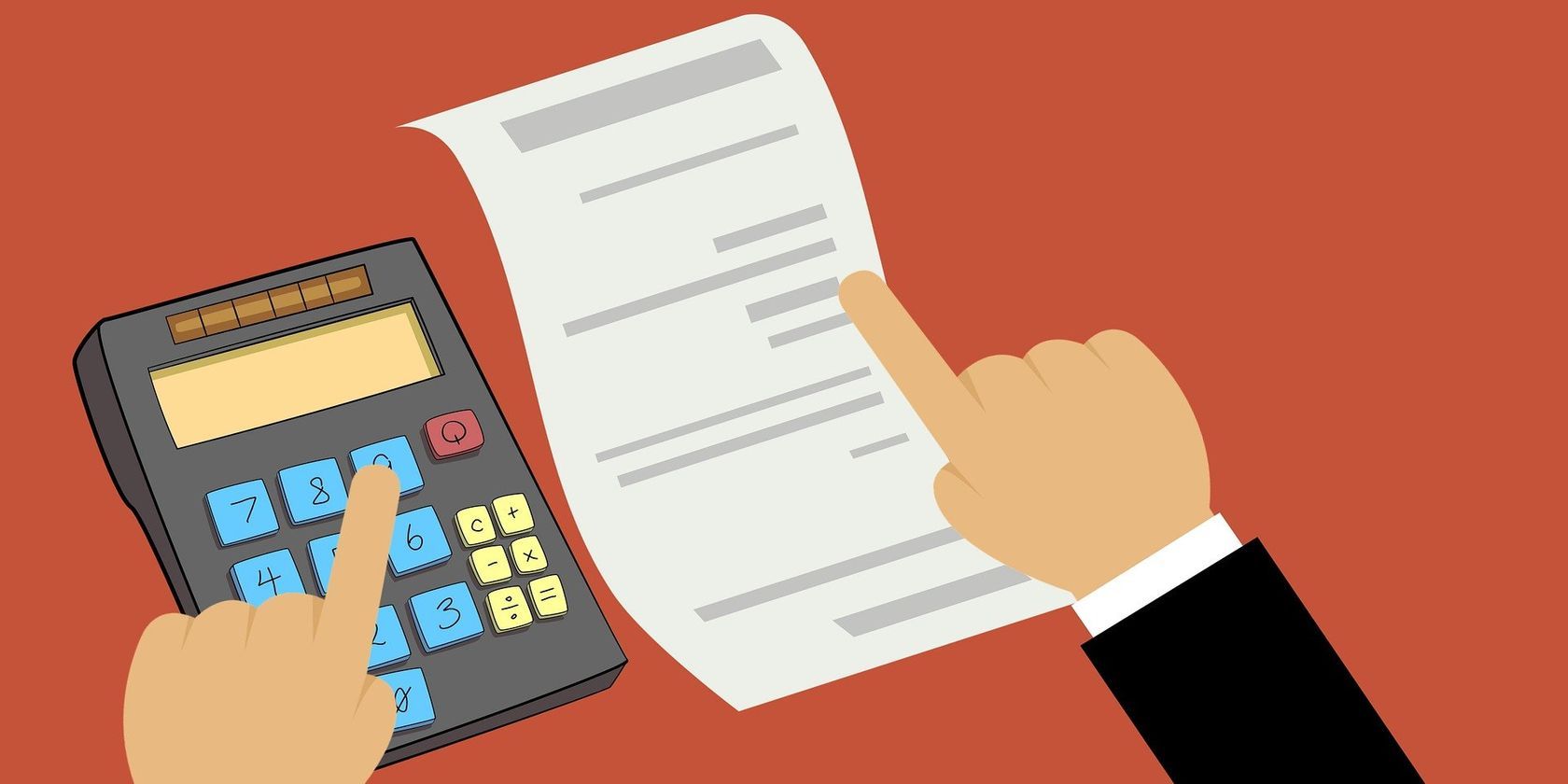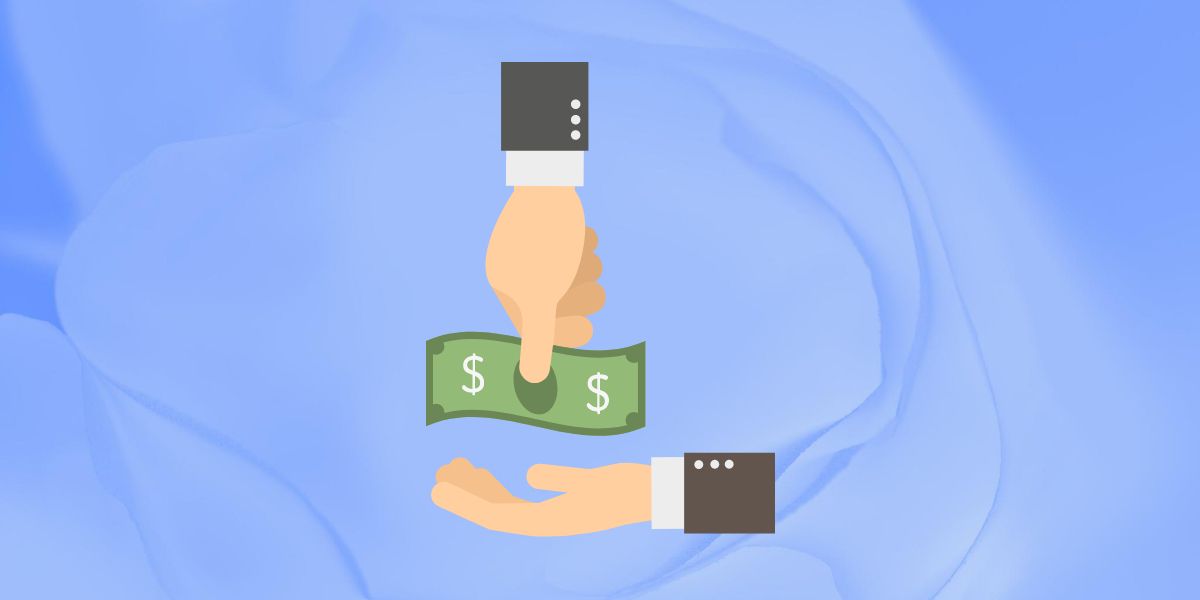As a freelancer, you have the freedom and the responsibility to set your own prices. However, this freedom isn't cheap: financial instability is the price to pay. After all, it's one thing to ask your employer for a raise and a whole other thing to ask the entire market for a raise.
In this article, we'll see how you can increase your prices as a freelancer while minimizing the chances of losing your existing clients. For the purpose of simplicity, we are assuming that you are not a complete beginner and know your way around freelancing to some degree.
1. Write Down the Reasons for the Price Hike
The first and the most logical thing to do before you raise your prices is to make a list of all the possible reasons why doing so is necessary for you. By making a list, you are visualizing why your business needs to and should charge more for its services.
Some reasons to raise your prices could be:
- To upgrade your work setup.
- To upgrade your skillset.
- To balance increased market demand.
- To fulfill increasingly complex client needs.
- To increase availability.
- To offset the price of minor revisions.
- To buy software for automating tasks.
Don't make the terrible mistake of sending your list to your clients. The list is only for your understanding and insight. As counter-intuitive as it sounds, the key to raising your prices is to not try and sell yourself too hard.
Newbie freelancers are often quick to explain and justify their actions to their clients in fear of losing them. But the more excessively you try to justify yourself, the harder it will be for your clients to believe this change is reasonable. This is because of something called cognitive dissonance.
2. Change Your Pricing Model
Setting your own price sounds really fun on paper—and is certainly so at times—but unlike many other business activities, it cannot be automated. If you are thinking of raising your prices, you can do so in a subtle way by changing your pricing model instead of simply asking for more money.
It might be so that the model that you are currently using is not the most profitable and that it's time for a new one. There are different types of pricing models such as hourly pricing, project-based pricing, value-based pricing, premium pricing, performance-based pricing, etc.
All of these have their own pros and cons and work differently for different freelancers according to their services. Although, you might want to note that hourly pricing is quickly losing popularity among freelancers because it punishes you for being a fast worker.
3. Turn Bad News Into Good News
Never raise your prices spontaneously; it's unprofessional and immature. If you are planning to raise your prices, make sure to give your clients prior notice about this change. This way, they have enough time to modify their budget to accommodate your new prices.
Also, be careful when you give this notice. Announcing a price hike shouldn't come off as bad news; try your best not to have your clients associate this change as a detriment to their finances. Instead, present it as a natural progression of your business and bundle it with a benefit. As an example, it could be something like this:
Hi [client],
This is to let you know that I have updated my prices. Don't worry; this isn't being implemented immediately for you. As a reward for being a loyal client, these new prices will come into effect for you on [date]. This means you can continue to enjoy the current low prices for an extended [duration] until [date].
I want to help you make this transition smoothly. For your reassurance, these new prices will stay unchanged for the entirety of the next year. So you can rest easy knowing there won't be any unwanted surprises and that your investments will be predictable and safe.
Feel free to contact me in case you have any concerns or questions. I'd love to help!
This way, you are bringing good news instead of bad news. By framing your announcement like this, you create a perceived benefit in your client's mind that they get to enjoy your current prices for longer, i.e., at a discounted rate.
An additional advantage of this strategy is that in order to get the most out of your limited-time offer, your clients may give you more work during this time. They know they'll have to pay more for the same services afterward, so they'll be motivated to do more business with you now.
4. Offer Alternate Deals
Not every client will agree to your new prices, and that's okay. If your client cannot afford your new rates, and you still want to work with them, you can offer them alternate deals. For instance, you can offer to serve them at your current prices in exchange for a referral to a new prospective client.
Or, you can ask them to let you use their product (say, a software tool) for free or at a discounted price—provided that you actually want that service, of course. If that doesn't work out either, you can ask them to write you a recommendation letter that you can use to leverage new client leads.
The point here is that money is not the only thing that's up for negotiation. You can still gain a lot more out of a client without making them spend more.
Raise Your Prices With Confidence
Being a freelancer is tough as it is. The financial instability, the inconsistent workloads, and the responsibility to balance everything at all times can be really overwhelming. Your prices need to evolve with you to make sure your business survives and thrives in the competitive business landscape.
While we agree it's easier said than done, the trick to not lose your clients is to be ready to lose them. Meaning, you should have enough alternatives at hand that losing a client doesn't put you in a vulnerable position. Learn to communicate your value and show your clients how they'll gain from your price hike.





